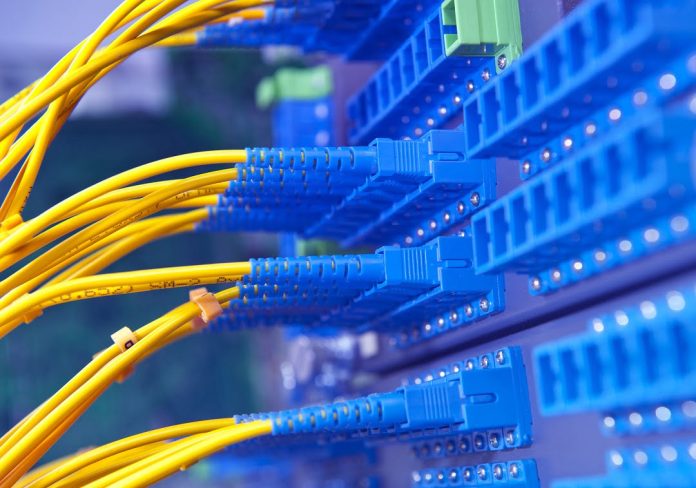Is Fibre The Best CCTV Option?
♦ Is fibre the best CCTV option the best option for many mid-sized runs, particularly those that aggregate a large number of megapixel CCTV cameras?
A: Fibre can be the best but too often it’s installed with no appreciation of one simple fact. The most important maintenance aspect of any fibre optic plant is careful original installation of the cable. There’s a problem of course. Cable tugging is a task for the most junior and least experienced installers on the team – kids who are often used to the brutish business of hauling 16 channels of Cat-6.
With fibre pulls you senior techs need to get involved or the overall installation quality will surely suffer. It’s no exaggeration to say that at least half of all early fibre failures can be sheeted home to poor cable pulling technique during installation. For a start, fibre pulls are a job for at least 2 people – don’t bother trying to do the job alone or damage to fibres is assured. And if you’re putting in a long run, don’t turn up with too little handpower for lifting rather than dragging. You may need a tech on every one of a number of corners just to get the pull moving.
The challenges don’t only apply to cables installed in trays above ceilings. Getting fibres between 2 buildings often sees installers hanging cable to avoid difficult or impossible trenching jobs. In such situations make sure you’re using a messenger cable to take the strain. The messenger can either piggyback the fibre or be woven into a Figure 8 with the fibre before being strung. When cabling outside be sure to leave 300cm of sag for every 30 metres of cable in order to allow for thermal expansion and contraction.
In the past it may have been acceptable to just run cables anywhere in a roof space but no self respecting security installer should be undertaking installations like this. Your well-marked cable runs should live in designated cable trays even if the trays are shared. We, like everyone else in the electronic security industry, have been back-of-house on big sites like casinos and seen electrical work that can only be described as diabolical. Who lays these Medusa-hair cable plants? No one knows.
There are dozens of things a good installer should take into account. Be careful not to over-tighten cable ties. Don’t hesitate to cut off and replace cable ties that are putting too much pressure on a bundle of fire optic cables. On big sites with busy cable trays it can be well worth installing an inner duct in order to prevent future damage from later cable pulls. The last thing you want is some thug of an inhouse service tech crushing your precious fibres with his size 11 Blundstone. He doesn’t care about your beautiful installation.
As installers know, cable trays are not always horizontal, a state in which fibre runs are cradled along their entire length with no pressure points. Instead trays often go vertical – usually in places where they’re least accessible – putting intolerable strain on the bend at the top of the drop. What you need to do is ensure the cables are tied at regular intervals during the drop. Always pay careful attention to the maximum tension that can be applied to cable type – if you’re a sophisticated installer the use of break away swivels that will fail at a preset tension is a great idea.
And think about lubricants. You want to use something that’s low friction and that remains slippery when dry. Get a quality pulling grip and apply it to the part of the cable designed to handle the pull – but before doing this seal the front end of the cable. Lastly, make sure the space you’re pulling through is clean and free of grit. A metal shaving, a metal tag in a cable tray or a sharp stone can scar an entire length of fibre. A series of small losses caused by tiny abrasions to the entire cable can add up to half a fibre’s bandwidth budget.
#sen #sennews #security #electronics











